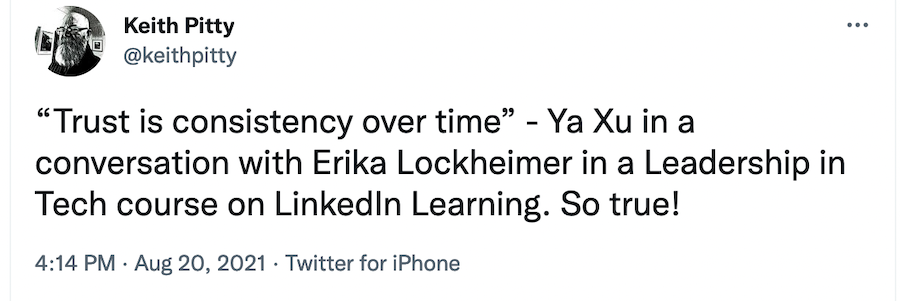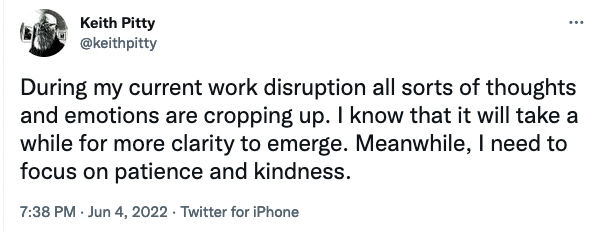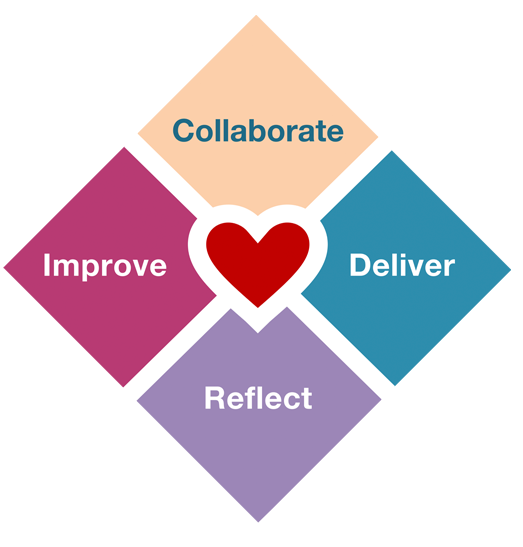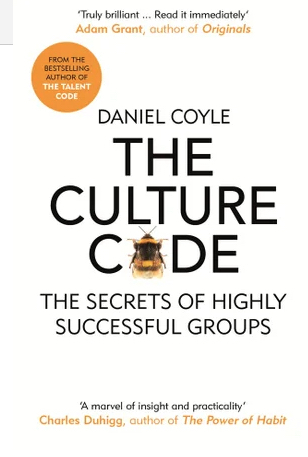On Vulnerability and Trust
30 Jul 2022

Photo by Matt Heaton on Unsplash
Background
The concept of trust has been occupying my thoughts a lot lately.
Why?
It relates to the fundamental changes that Envato has been undergoing since the end of May. There has been no hiding the fact that, especially during the first week that followed the announcement, working life was tough.
Two months on, to various degrees, we are all adapting to change.
The outcome of such change can be challenging to people. Indeed, as I reflect on the last couple of months, I recall that, a couple of days after the news, I tweeted about how I was coping:

The upheaval that change can bring often poses challenges to levels of trust within an organisation. This shouldn’t be surprising.
Collaboration, trust, and time
Why do I sense a keen focus on trust during this settling period following significant organisational change?
In answer to that, let me refer to the ideas encompassed by the Heart of Agile, proposed by Alistair Cockburn in 2016. Alistair was one of the creators of the Agile Manifesto in 2001. Following years of Alistair’s consulting, he came to the realisation that an Agile approach boiled down to four imperatives: Collaboration, Delivery, Reflection, and Improvement. Each of these could be expanded. In particular, collaboration depends up on trust.
To me, in the context of an organisation reforming following significant change, the need for trust to enable collaboration, is key. After all, if any organisation is to deliver value, it is likely that collaboration will be necessary. Without trust, collaboration is likely to be inhibited.
So, trust enables collaboration. And, my observation, not just in this current example, is that a significant change to an organisation disrupts existing trusting relationships. Again, this shouldn’t be surprising. When existing teams are disrupted, carefully curated internal support structures and relationships are jeopardised.
When I was pondering this very important concept of trust, I was reminded of something I learned last year:

If we accept this premise, we need to accept the logical consequence of significant change to an organisation. It will take time for new, trusting relationships to form. Not only that, it will take time for collaborators to build recognition of the requisite consistency that leads to trust.
Yes, time. How long? Well, time will tell.
Maybe I had an inkling about this when, on the weekend following the announcement, I tweeted:

Vulnerability
So, I’ve emphasised my keen focus on trust in the context of these recent changes. How does vulnerability relate to trust?
Recently, I recalled a book by Daniel Coyle, called The Culture Code, which I was sure had delved into this subject.
I was not disappointed.
The part in the book that I settled on was chapter 8, The Vulnerability Loop. Its contents are fascinating. The author refers to the research of Dr. Jeff Polzer, a professor of organisational behavior at Harvard, “who has spent a large chunk of his career examining how small, seemingly insignificant social exchanges can create cascade effects in groups.”
The key finding is that if a signal of vulnerability expressed by one person is detected by another, the receiver is likely to respond by signalling their own vulnerability. Then, if the first person detects this vulnerability signal, “a norm is established; closeness and trust increase.”
So, mutual expression of vulnerability, and an acknowledgement of each other’s vulnerability leads to an increase in trust. Now I’m imagining the potential for these trust-enhancing interactions to take place across an entire organisation of several hundred people. In theory, this could be very powerful.
In practice, it obviously depends upon the willingness of many individuals to lean into their vulnerability within new teams, and across teams within an entire organisation, in the knowledge that each team is in the process of forming.
This is where leadership comes into play. As one of the leaders within Envato, albeit several levels removed from the executive, I have a role to play.
Rebuilding trust
As one of the leaders within the company, I know that I have a certain reach. I have most impact within my immediate team, and department. There are people in other teams with whom I interact. I realise that I have many potential interactions, yet a natural limit to the impact I can expect to have. Nevertheless, I have potential to have an impact. I have a role to play in rebuilding trust.
One of the ways in which I can contribute to rebuilding trust is to express my vulnerability within as many social exchanges as possible. The degree to which these will lead to an increase in trust through mutual vulnerability is likely to vary. Hopefully, in some cases, not only will this occur, but my counterpart will subconsciously realise the positive effect of expressing vulnerability.
My focus on vulnerability
Now comes the crunch. How do I lean into this idea of expressing vulnerability? After all, there is a natural human tendency to want to do the reverse, is there not?
Will my ego take a beating if I deliberately, repeatedly, express vulnerability? Wouldn’t I prefer to have it boosted by more positive recognition?
I think there is some counter-intuitive thinking and feeling at play here. It is likely to take some practice over a period of time in order to get feedback that expressing vulnerability is contributing to greater trust.
We shall see. Based on the evidence of Dr. Polzer, I think it’s worth a shot.
Other posts
Previous post: The Advantage of Agile
More recently: On Distributed Collaboration

